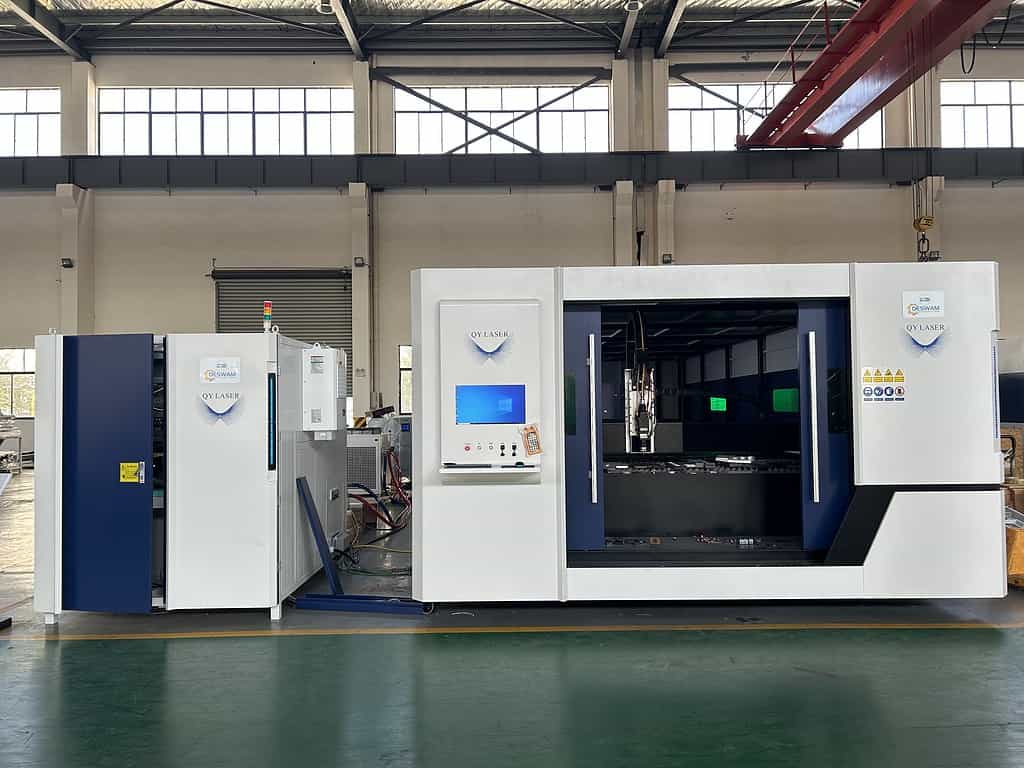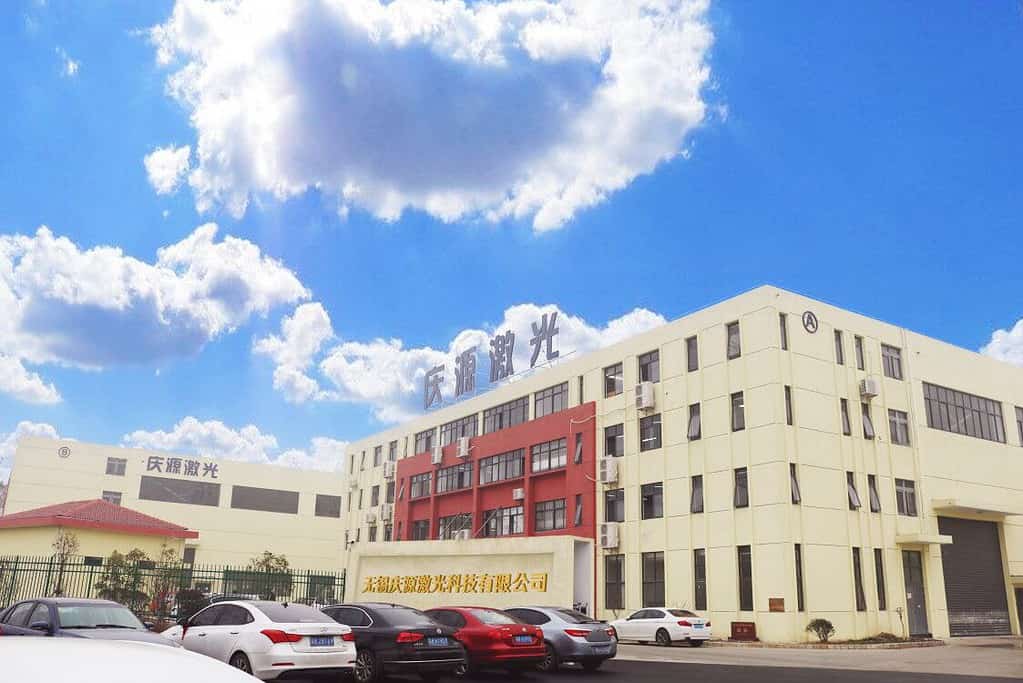

Laser cutting machines have revolutionized the metal fabrication industry with their unparalleled precision, speed, versatility, and efficiency. These advanced machines utilize a highly focused laser beam to cut through various types of metals with incredible accuracy, making them an indispensable tool for manufacturers across different sectors.
One of the primary advantages of using a laser cutting machine for metal cutting is the exceptional level of precision it offers. The focused laser beam can achieve cuts with micron-level accuracy, allowing for intricate and complex designs to be executed with utmost detail. This precision is essential for industries that require high-quality cuts and shapes in their metal components, such as aerospace, automotive, and electronics.
Moreover, laser cutting machines are renowned for their speed and efficiency. The high-powered laser beam can cut through metal at a rapid pace, resulting in significantly faster production times compared to traditional cutting methods. This increased efficiency not only boosts productivity but also enables manufacturers to meet tight deadlines and handle large-volume orders with ease.
In addition to precision and speed, laser cutting machines showcase remarkable versatility in cutting a wide range of metals. Whether working with stainless steel, aluminum, titanium, or other alloys, these machines can effectively cut through various materials, offering flexibility and adaptability for diverse application requirements. The ability to switch between different metal types seamlessly makes laser cutting machines a cost-effective and efficient solution for metal fabrication projects.
Furthermore, laser cutting machines deliver clean and precise cuts with minimal material wastage. The focused laser beam produces narrow kerf widths, resulting in minimal loss of material during the cutting process. This not only optimizes material usage but also reduces the need for additional finishing processes, saving time and resources in the overall production workflow.
Another notable advantage of laser cutting machines for metal cutting is their non-contact cutting method. Unlike traditional mechanical cutting techniques that involve physical contact with the metal surface, laser cutting is a non-destructive process that eliminates the risk of tool wear and contamination. This non-contact approach helps maintain the integrity of the metal material, resulting in higher-quality cuts and minimizing the need for rework or post-processing.
Additionally, laser cutting machines offer greater design freedom and flexibility in creating intricate and customized metal parts. The computer-controlled nature of these machines allows for easy programming of complex shapes, patterns, and geometries, enabling manufacturers to produce highly detailed and unique metal components with ease. This design flexibility opens up new possibilities for innovation and creativity in metal fabrication projects.
In conclusion, the advantages of using laser cutting machines for metal cutting are vast and significant. From unparalleled precision and speed to versatility, efficiency, and design freedom, these advanced machines have transformed the way metal is cut and shaped in modern manufacturing. By harnessing the power of laser technology, manufacturers can achieve high-quality cuts, optimize production processes, and stay competitive in today’s demanding market landscape.

Wuxi qingyuan laser technology Co., ltd, We are the manufacturer of fiber laser cutting/welding/bending machine over 15 years. So far we have produced more than 7000 sets of laser cutting machine and laser welding machinr for oversea market. We are dedicated in improve our products and service to satisfy our customer. we look fordwad to cooporating with you.
